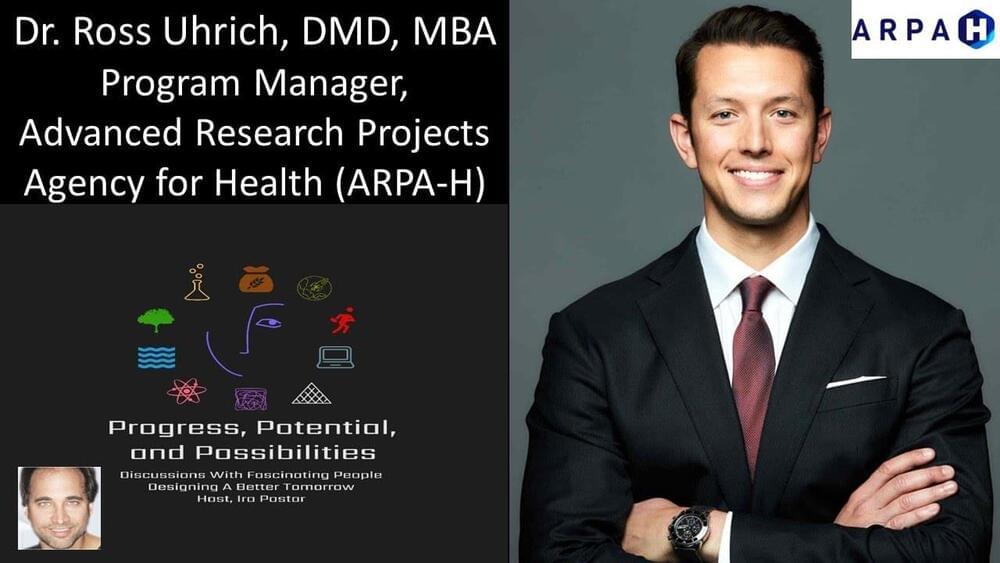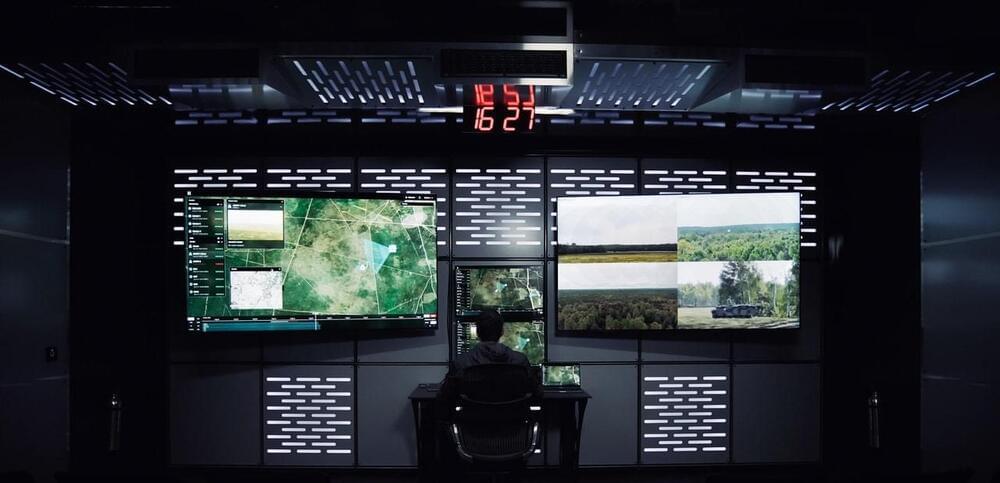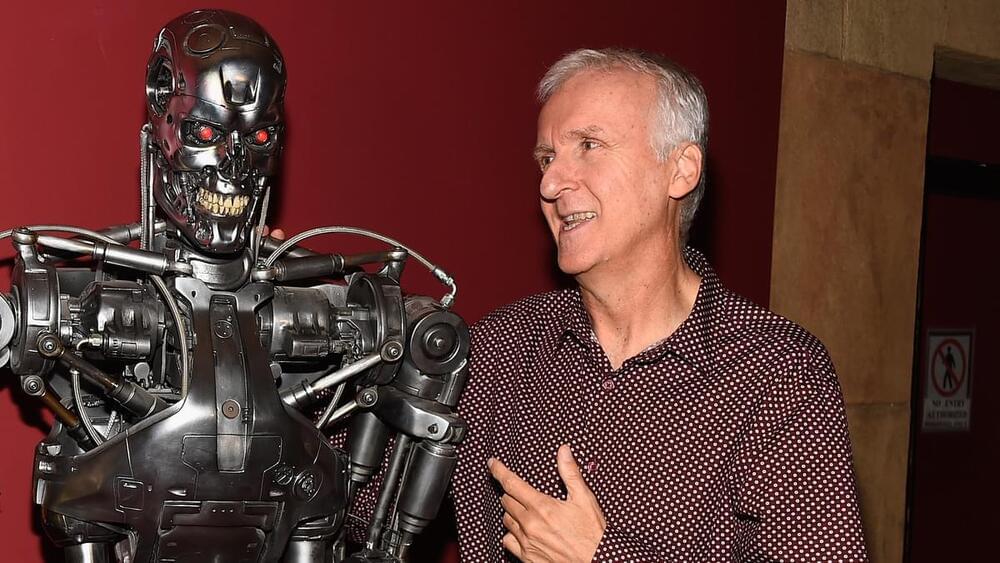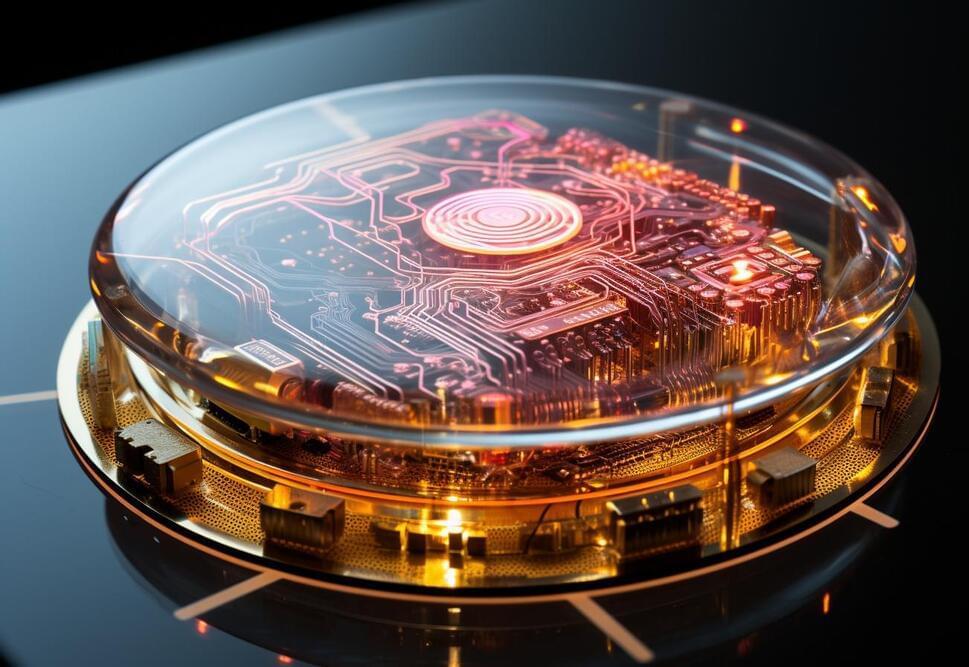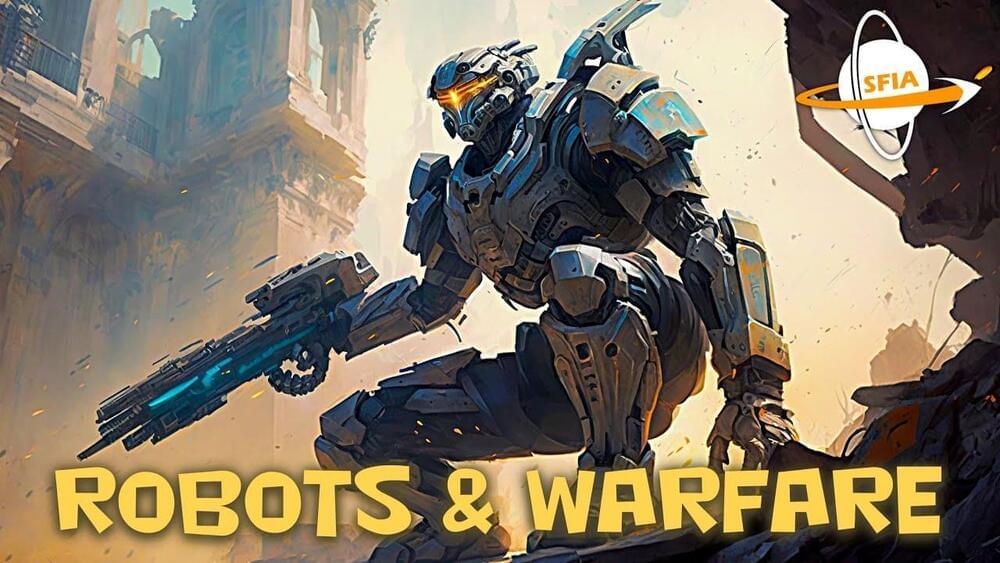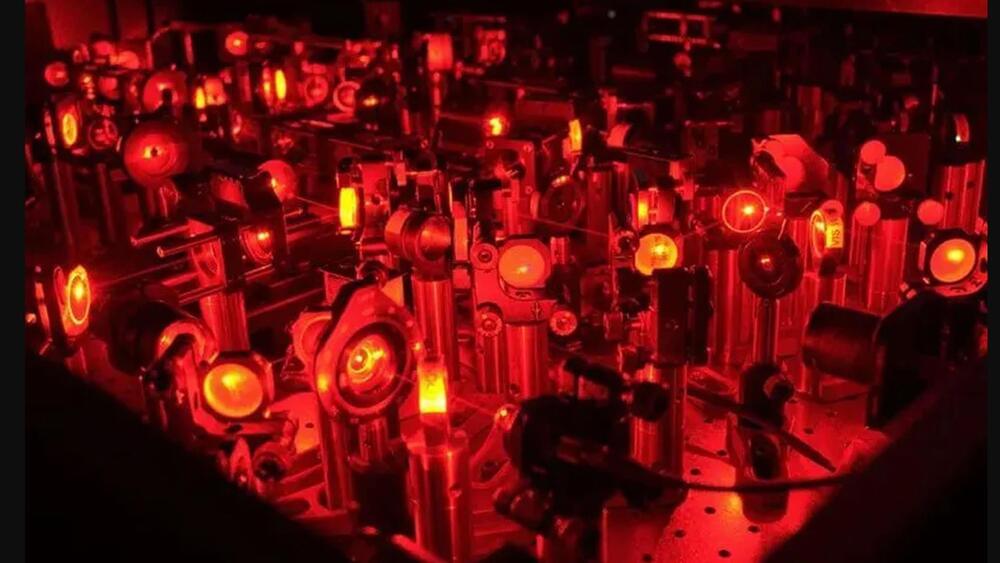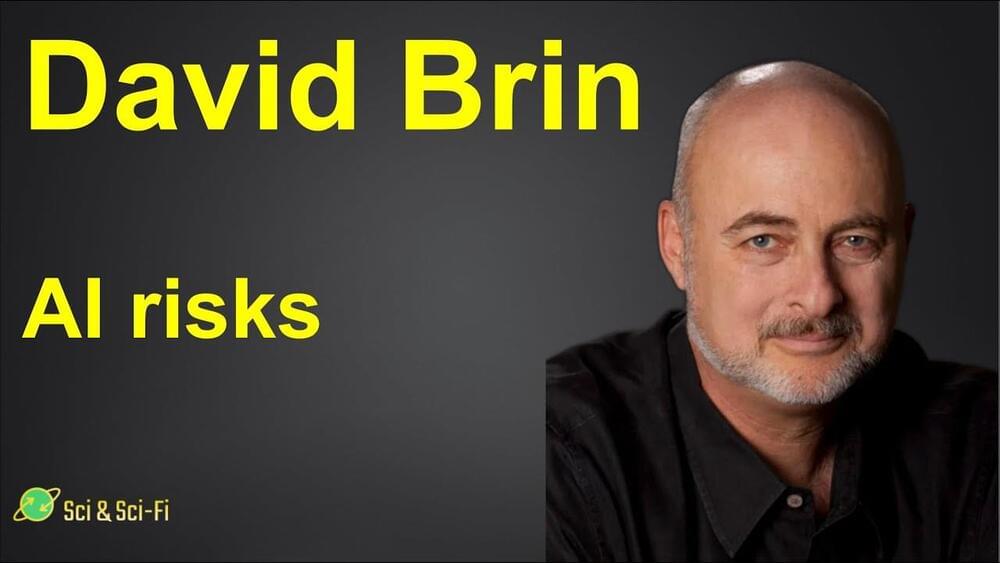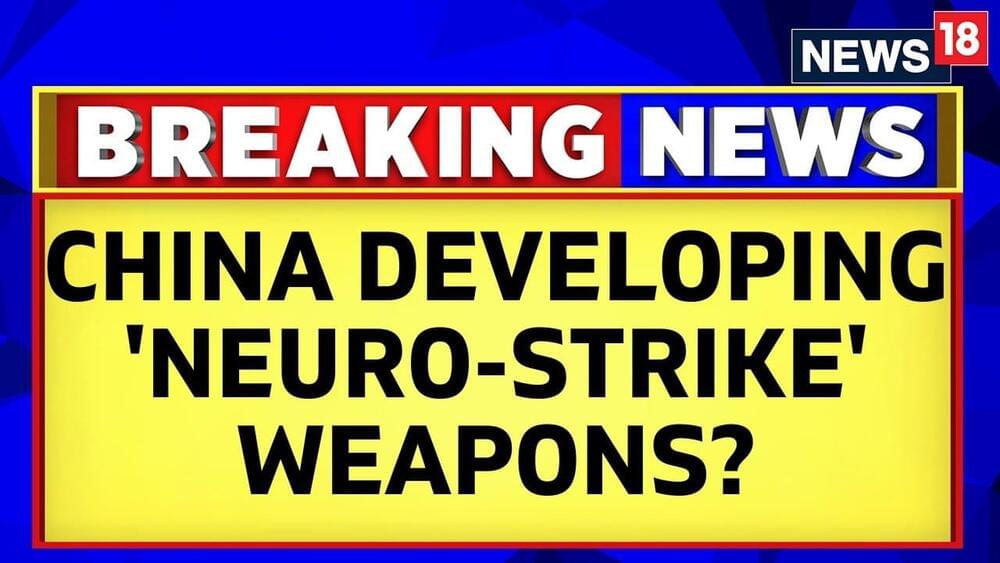Is Program Manager, Advanced Research Projects Agency for Health (ARPA-H — https://arpa-h.gov/people/ross-uhrich/), which is focused on advancing high-potential, high-impact biomedical and health research that cannot be readily accomplished through traditional research or commercial activity, accelerating better health outcomes targeting society’s most challenging health problems.
Under the ARPA-H portfolio, Dr. Uhrich is responsible for the recently launched Novel Innovations for Tissue Regeneration in Osteoarthritis (NITRO — https://arpa-h.gov/engage/programs/nitro/) program which seeks to develop new ways of helping the human body repair its own joints, with the goal of revolutionizing treatment for osteoarthritis — a common and often very painful condition where bones and cartilage break down.
Dr. Uhrich joined ARPA-H in March 2023 from Walter Reed National Military Medical Center (WRNMMC) and the Uniformed Services University of the Health Sciences, where he worked as a board-certified oral and maxillofacial surgeon and assistant professor of surgery. In addition to these roles, he spent 12 years with the U.S. Navy, finishing his tenure as a Lieutenant Commander.
Throughout his career, Dr. Uhrich has cared for thousands of members of the U.S. Armed Forces at various healthcare facilities, including the USS Gerald R. Ford, Naval Health Clinic Quantico, and WRNMMC, and served as an oral and maxillofacial surgery consultant to Congress. He also treated patients at Charleston Area Medical Center, R Adams Cowley Shock Trauma Center, and Suburban Hospital.
